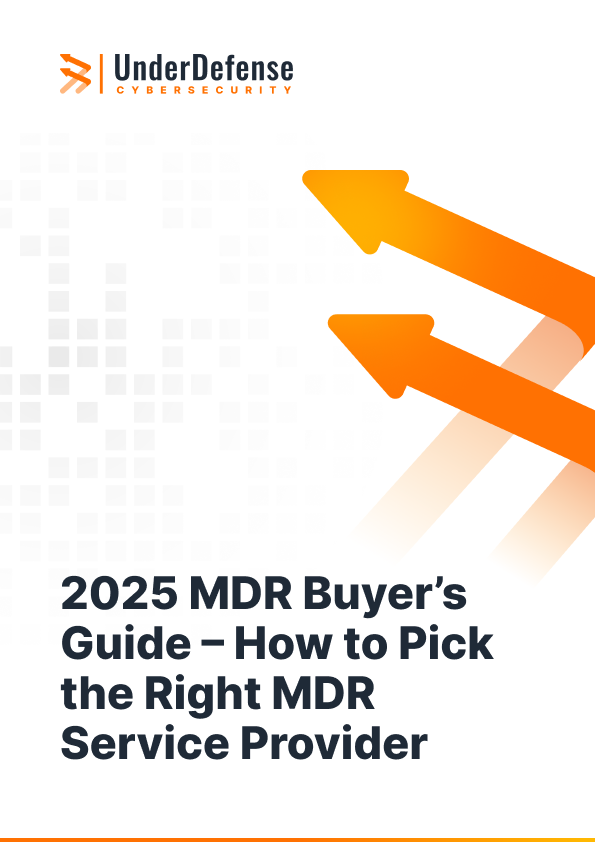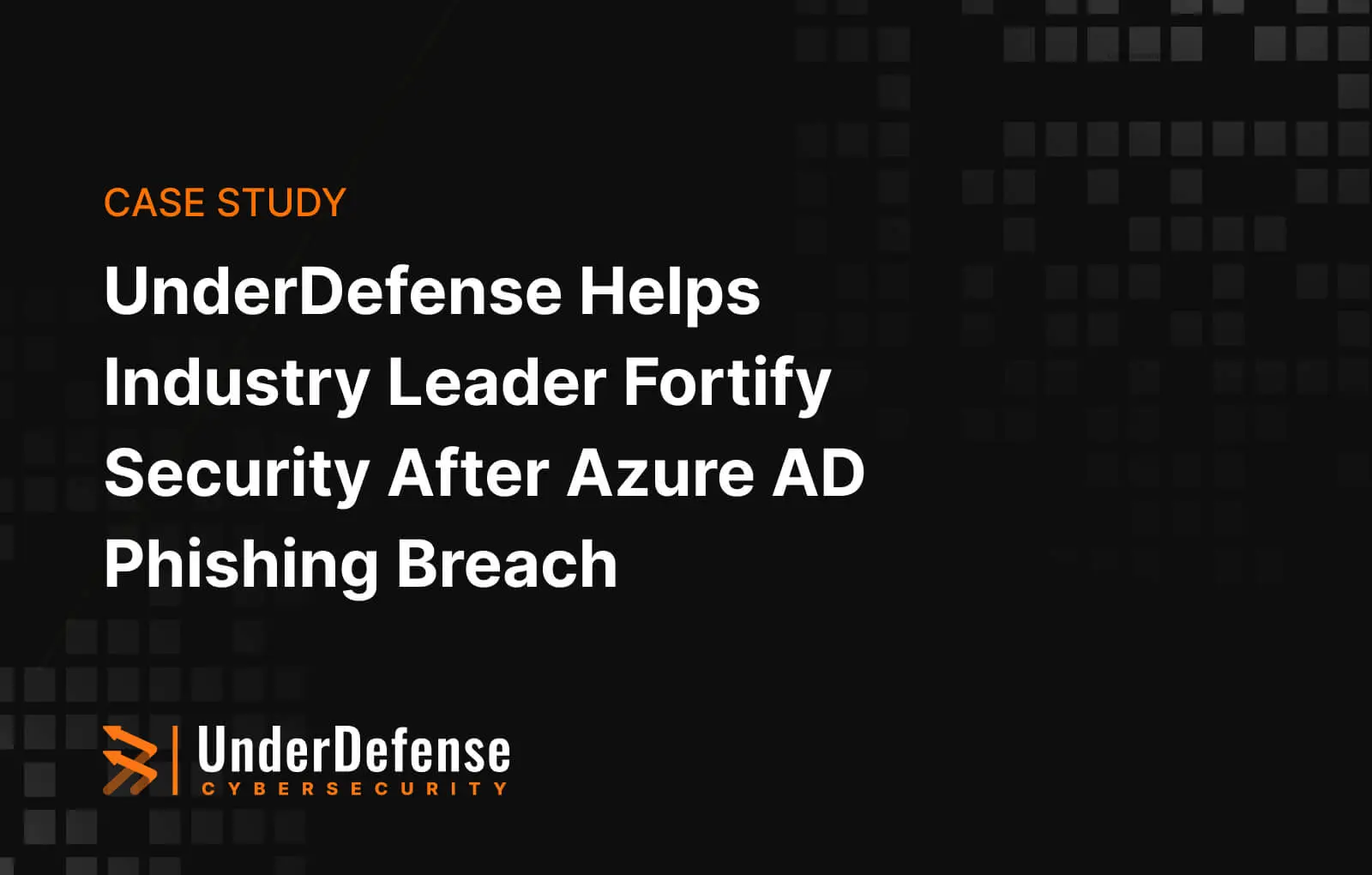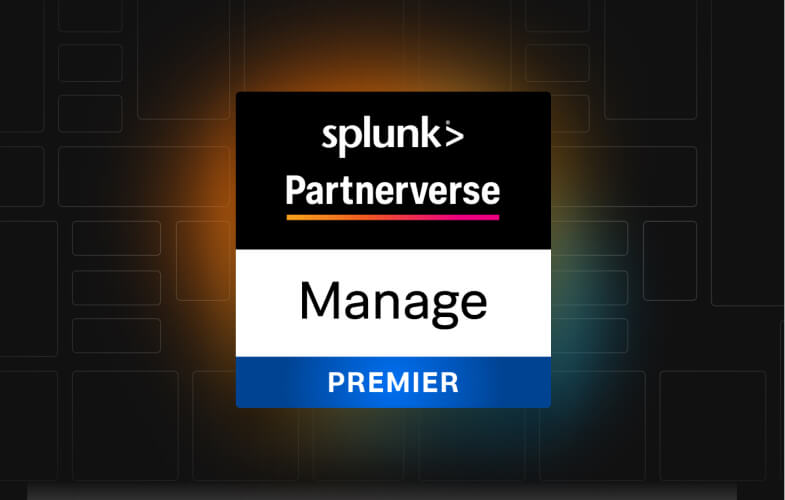Not all MDR providers are created equal. Pick the wrong one, and your business pays the price.

Why UnderDefense?
Choosing the right MDR service provider isn’t just about features—it’s about real security outcomes.
At UnderDefense, we combine AI-powered threat detection with 24/7 human-led response, ensuring no cyber threat goes undetected.
- 24/7 SOC & threat hunting – Always-on security monitoring and response.
- Proactive threat intelligence – I-powered detection with expert-led investigations.
- Hands-on incident response – Fast containment and remediation of cyber threats.
- Customizable & transparent MDR pricing – No hidden fees, full visibility into costs.
- Compliance-ready security – Designed for SOC 2, ISO 27001, HIPAA, PCI DSS.

Frequently asked questions
Is MDR better than XDR?
MDR (Managed Detection and Response) and XDR (Extended Detection and Response) serve different roles. MDR is a fully managed security service that includes human-led threat detection, investigation, and response. XDR is a technology-driven platform that integrates multiple security tools to improve visibility and automate threat detection. If your organization lacks an in-house SOC team, MDR is a better choice for 24/7 expert protection.
What does MDR stand for?
How big is the MDR market?
What is MDR for small businesses?
What is included in MDR services?
- 24/7 threat monitoring & response
- Proactive threat hunting
- Incident investigation & forensics
- Security log management & SIEM integration
- Compliance support (SOC 2, ISO 27001, HIPAA, PCI DSS).
How does MDR compare to MSSP?
How much does MDR cost?
Does MDR help with compliance?
Can MDR replace SIEM?
How do I choose the best MDR provider?
- Threat detection & investigation capabilities
- Response time & 24/7 SOC availability
- Technology integrations (SIEM, XDR, cloud security, endpoint protection)
- Compliance support (SOC 2, HIPAA, PCI DSS, ISO 27001)
- Pricing transparency & service scalability.






